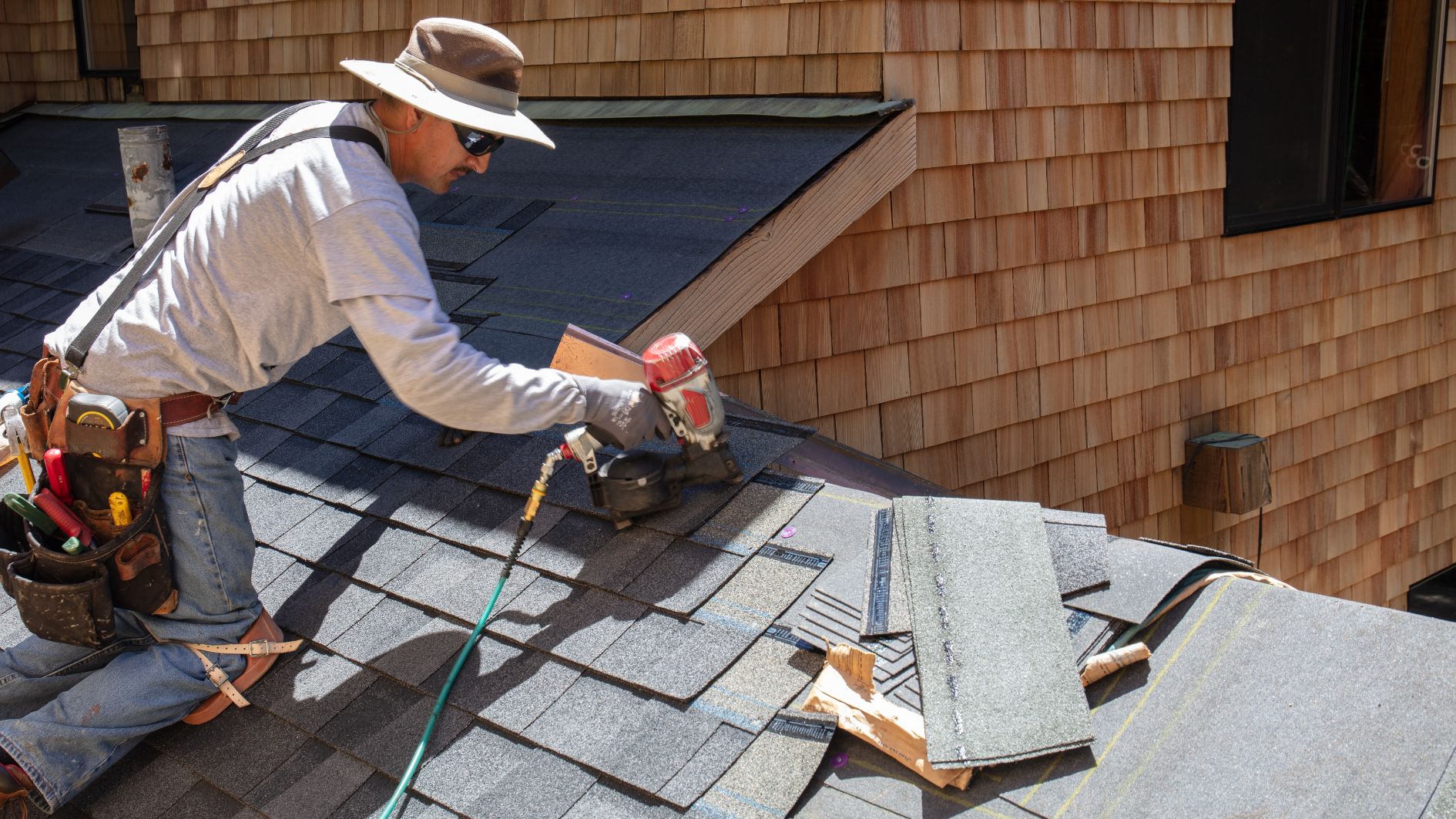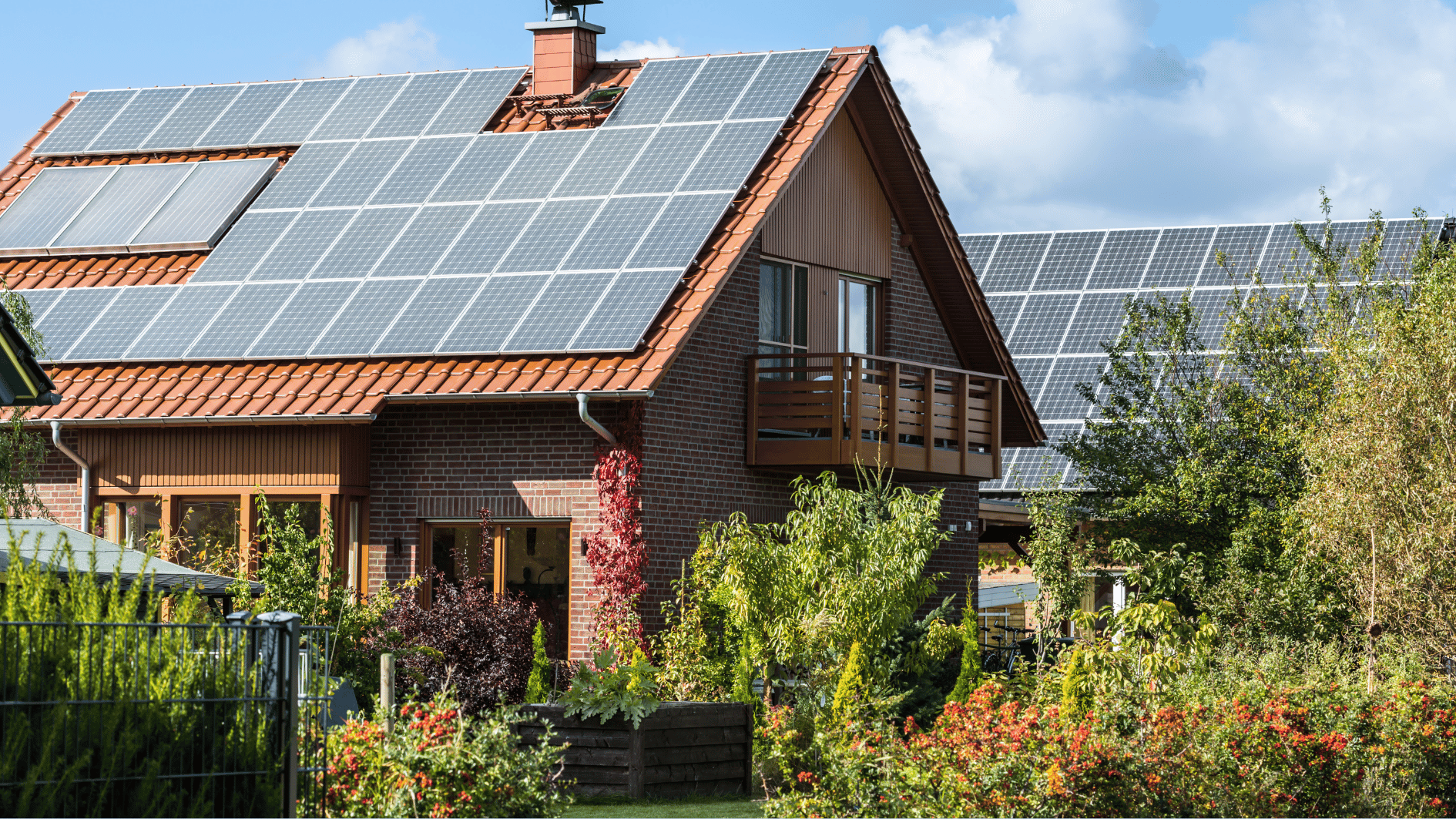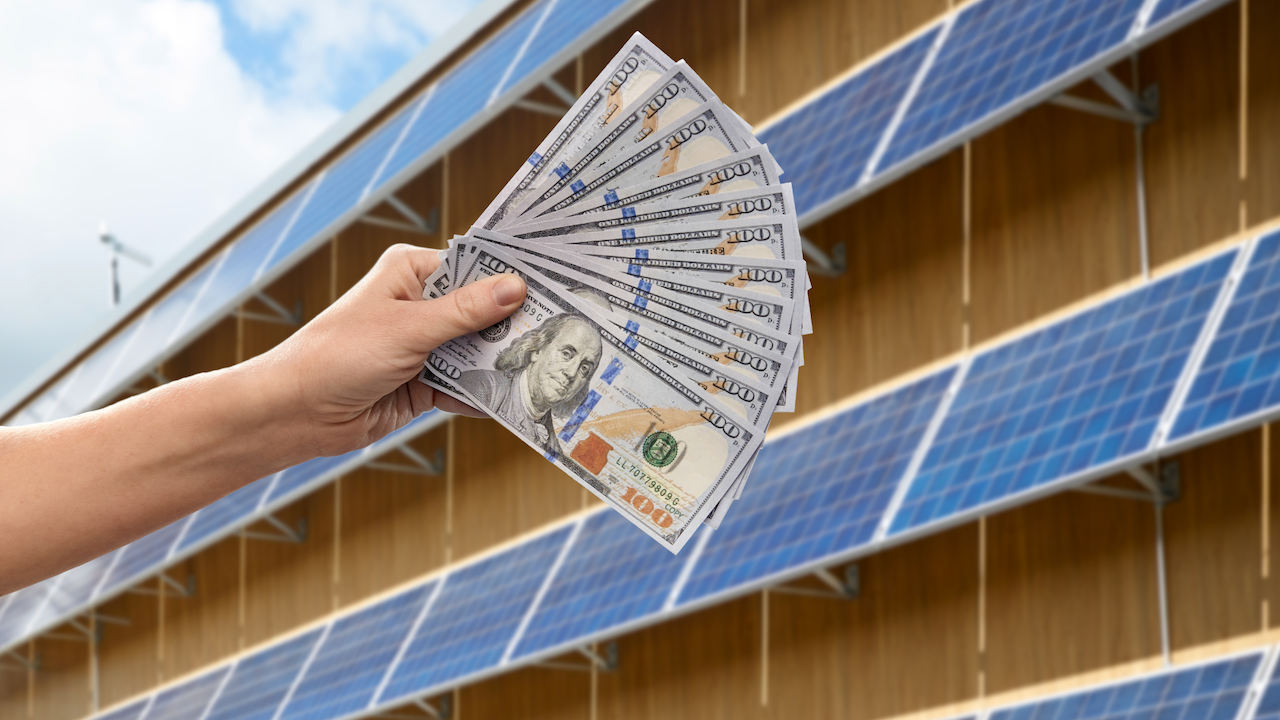Image source: Canva.com
Numerous shoppers obtain their initial solar quotes online without the need for a company visit to their property. Occasionally, customers report instances where the original online quote differs from the price after a site visit by the installation company. What’s the reason behind this disparity?
For those considering solar battery installation, anticipate that your quote will encompass expenses for installing a critical load panel. This is imperative for integrating any storage system.
Electrical Panel Upgrade Explained

When to Upgrade an Electrical Panel
Electrical panels typically last between 25 and 40 years. Here are key signs that indicate it may be time for a replacement or upgrade:
- Blinking, dimming, or flickering lights
- Frequent circuit breaker resets
- Buzzing, sizzling, or cracking sounds from outlets
- The need to turn off one appliance to use another
- Visible damage to the panel
- Appliances operating with reduced efficiency
Factors Affecting the Cost of Upgrade an Electrical Panel
The total cost to upgrade your electrical panel is influenced by the following factors:
- Panel Size: Panel sizes range from 60 to 400 amps, with larger sizes costing more.
- Installation vs. Upgrade: Installing a new panel system is generally more expensive than upgrading an existing one.
- Additional Services: Costs increase if the panel needs to be relocated or if the meter box requires replacement.


Preparing Your Roof for Solar Panel Installation
Roof Maintenance and Replacement
Since your solar panel system is built to last for over 30 years, it’s crucial to ensure that your roof can also withstand this lifespan without needing repairs or replacement. This way, you can avoid the expense of removing and reinstalling your solar equipment.
During a site visit, your potential solar installer will inspect your roof firsthand. They may identify issues that require attention before they feel comfortable installing panels on it. This could include signs of aging or structural weaknesses that need reinforcement to support the added weight of solar panels.
The additional cost of such work can vary depending on the condition of your roof. Keep in mind that your solar installer may not provide roofing services, so you might need to collaborate with another contractor before proceeding with your solar installation.
Tree Removal Considerations
Remote solar design tools can provide fairly accurate predictions regarding how shade affects solar production. However, depending on the tool your solar installer uses, they might not have access to the latest satellite imagery. In such cases, trees near your home may have grown to a point where they could significantly reduce the expected output of your potential solar panel system, both now and in the future.
While nobody enjoys cutting down trees, installing solar panels in an area that remains shaded for most of the day will ultimately cost you money in the long term. Following a site visit, your solar installer may include a fee for tree removal or trimming. Consider this a positive sign: rather than installing your solar panel system in the shade, where it wouldn’t generate the energy you require, they’re doing you a favour despite the potentially increasing electric bills.

Balancing Trees and Solar Power: Making the Most of Clean Energy
System Design Adjustments
Aside from scrutinizing your roof, site visits enable installers to take precise measurements of your roof size and inspect the exterior of your house. This assessment helps determine the optimal locations for the inverter and cables. Based on their findings, installers may need to tweak your system design. This adjustment could either increase or decrease installation costs, depending on factors such as the need for additional equipment, longer cabling, or unexpected complexities compared to what was initially anticipated from satellite imagery.
Responding to Price Increases in Quotes
If you notice a higher quoted price than initially proposed, it’s crucial to understand the reasons behind the added costs. If your installer can’t provide a satisfactory explanation, consider it a warning sign and explore alternative solar options. However, if there’s a reasonable explanation for the increased costs, it’s likely that other installers who visit your property will also need to adjust their pricing accordingly.
Don’t wait! Reach out to us! We’re here to provide answers to any questions you have about solar.
Key Takeaways
- Solar quotes may change after a site visit due to factors like necessary upgrades or adjustments to system design.
- Anticipate costs for electrical panel upgrades, especially if your current panel is old or inadequate.
- Ensure your roof can withstand the lifespan of your solar system to avoid additional expenses.
- Consider tree removal if shading affects solar production, which may be identified during a site visit.
- System design adjustments may be necessary based on roof measurements and site inspection.





